Learning how to tell time and read an analog clock is an important skill for students to learn. However, some students really have trouble with telling time.
While looking at a clock now and instantly stating the time may seem like second nature to you, it isn’t that way to most children. They need direct instruction and plenty of practice with reading the time.
One of the most engaging and effective ways I’ve found to help my students improve with telling time is to play lots of time games. When students are engaged, that’s when they’ll be able to learn.
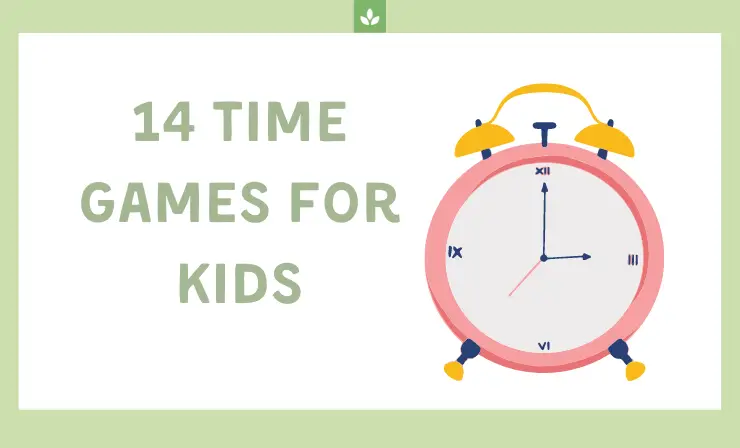
Are your students struggling with telling time? Would you like to learn some of the best time games for kids to help them improve? If so, keep reading! I’d love to share more information with you about:
14 Time Games for Kids
Here’s the list of the suggested games:
- Time Practice Video by Fun Kids English →
- What Time is it Mr. Wolf by English Language Games→
- Elapsed Time →
- Learn to Tell Time →
- Make a Paper Plate Clock
- Stop the Clock →
- How to Tell the Time →
- Time to the Nearest Five Minutes →
- Cloud Catcher: Telling Time to the Quarter Hour →
- Telling the Time →
- AM or PM →
- Clock Match: Time to Half-Hour →
- Elapsed Time: Set the Time →
- Interpret Time in Half Hours →
1. Time Practice Video by Fun Kids English
You can use this time video in small groups or with the whole class to have students practice telling time. The video displays a clock and students have to say what time the clock shows.
To use this as a class game, pause the video each time it shows a clock. Then, have students write on a whiteboard what time they think it says. Play the video to share the answers and let students see if they were correct.
You could also turn this into a group competition and see which group is able to get the most points by correctly writing down the time shown on the clock on the screen. Provide each group with a small clock with movable hands so they can also show each time before recording it on their whiteboard.
2. What Time is it Mr. Wolf by English Language Games
What Time is it Mr. Wolf is a fun game that will get students up and moving as they practice telling time. To play this game, start by facing away from the kids on the opposite side of the room.
Each turn, the students should ask you, “What time is it Mr. Wolf?” And you can respond by writing a time on the whiteboard.
The time you write can depend on the level of your students and how much practice they’ve had with telling time. For example, with younger students, you may simply write 2:00. For others, you could write 6:28 or 2:49.
Students should read the time to you, saying “it’s X:XX.” Then, they should step forward to match the hour (so, for the examples above, they’d take either two or six steps).
If you’re students are working on more complex times, such as quarter to, quarter past, or half past, you can work these into the game as well. For example, you could write 4:45 on the board when the students ask you what time it is. They should then read the time to you, saying that it is quarter to 5:00, and then take for steps forward.
Here is an example of how my colleague played this game with her students.
We’ve made our own clocks today ⏰ What time is it Mr Wolf? #clock #maths #time #numbers #oclock pic.twitter.com/uTFMxewEDI
— STC_1LA (@STC_1LA) July 14, 2022
Once the students are right behind you and ask, “What time is it Mr. Wolf,” you can say, “It’s lunchtime!” Then, you can turn around and tag a student to help you write the times for the next round.
3. Elapsed Time
Are your students ready to start working on elapsed time? Learning elapsed time can be a challenge for students and is certainly a concept that they’ll need extra practice with.
This time game is perfect to help students review and practice elapsed time. The online game shows a clock with a given time. It then asks a question, such as “if the minute hand moves from the 3 to the 7 how much time will have passed?” Students have to determine the correct answer and choose from the four different answer choices.
The visual of the clock will help students that may still need to count by fives as they picture the minute hand moving around the clock.
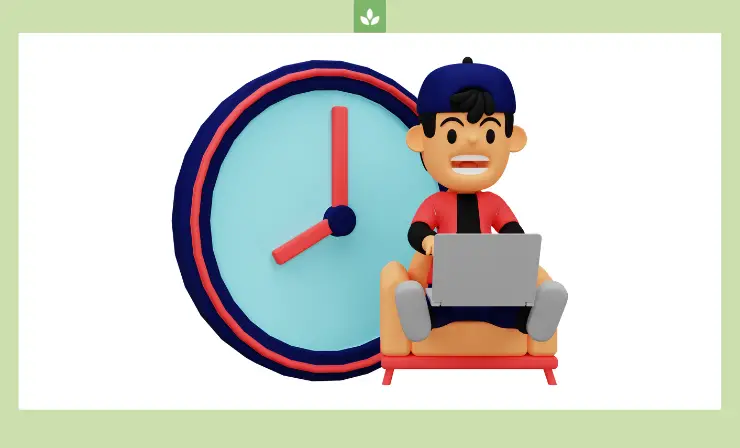
When students solve a problem correctly, they earn a gold coin. If they choose an incorrect answer, the correct answer is displayed, along with a visual to show how counting by fives could help them solve it.
Before playing this game with your students, you can go through a few examples on the interactive whiteboard in the classroom. This will help make sure students are clear on the rules of the game and how to play before they play on their own.
4. Learn to Tell Time
I also like this Learn to Tell Time game from ABCYa. I think it could be a great practice for students who are working on showing times on a clock and differentiating between AM and PM.
To play the game, you can choose between working with an analog or a digital clock. Have students choose the analog clock to practice reading and writing times. During the game, they will need to set the clock to show a specific time, such a 4 PM. Students can move the minute hand around the clock to make the hour hand move—just like on a real clock.
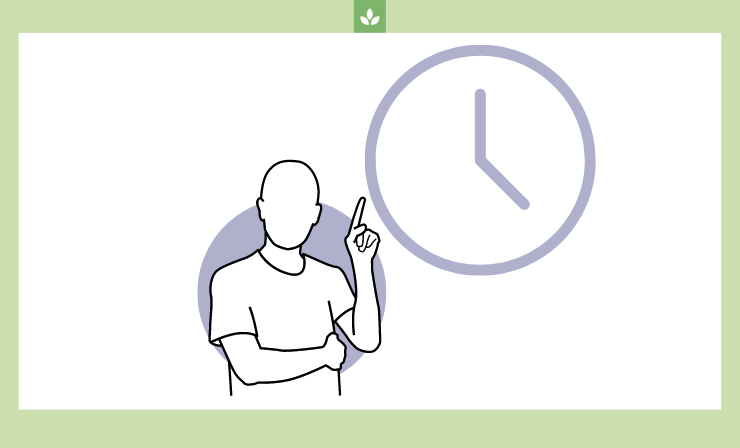
They can also switch the time between AM and PM by clicking on the label on the clock. The sky in the background of the game changes colors (from day to night) to help reinforce the concept of AM and PM.
If students get the right answer, a counter under the clock lights up. If they choose an incorrect answer, it asks them to try again until they correctly set the clock.
5. Make a Paper Plate Clock
While this isn’t technically a game, after you work with your students to make these paper plate clocks, they can be used in a variety of ways—including for playing a game.
To make the clocks, you’ll need two plates for each student, hour hand and minute hand cutouts, and a brass paper fastener.
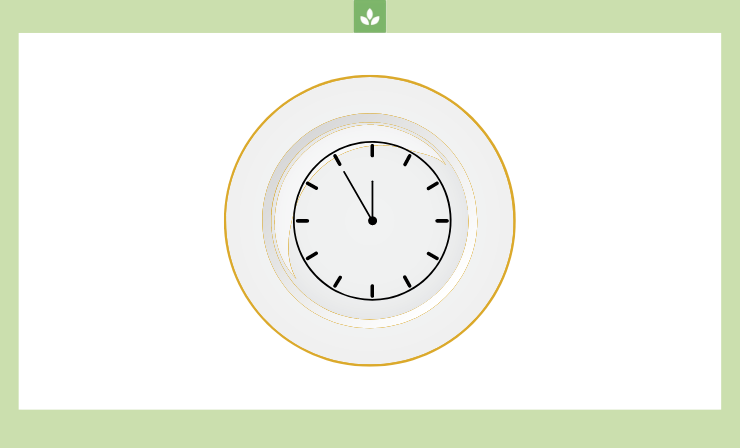
Once assembled, the two plates will look like an analog clock. However, there is a little trick. Students that still need some support identifying the minutes or counting by fives, can lift the flap under the number the minute hand points to. For example, under the 4 on the clock is the number 20 to show that when the minute hand is pointing to the 4 it is 20 minutes past the hour.
There are many different games you could play with these clocks. I like to use them for a time race. I call out a time, and my students race to see who can be the first to show it correctly on their clocks.
As you’re moving on to more difficult problems, the times you call out can also become more challenge, such as 6:19 or quarter to 9:00.
6. Stop the Clock
Stop the Clock is a fast-paced game that students will have a lot of fun with. It is geared towards use with second graders, but could also help support third graders or some first graders who are ready for a challenge.
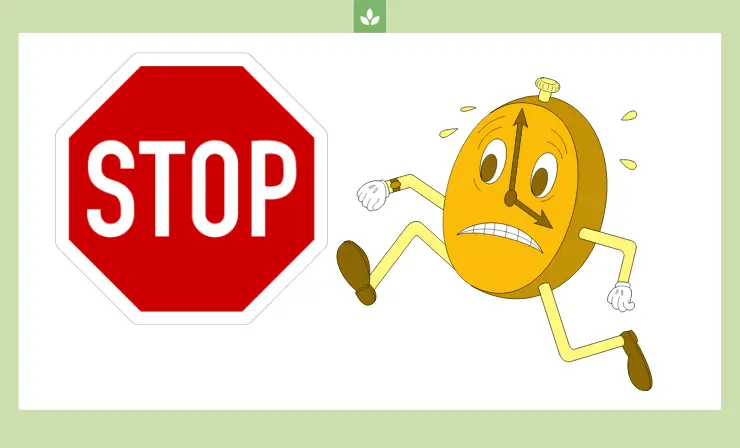
To play this fun time game, students need to be paying close attention. A target time is displayed above the clock, and students must press the stop button when the hands on the clock are pointing to the correct numbers to show that time.
7. How to Tell the Time
This video from Learn English Kids helps explain how to tell time. Watching the video can help reinforce the skills and vocabulary you’ve been covering in class.
To help students review and practice the skills in the video, there are two accompanying games. For the first game, students will use the word bank to complete the sentences about the video.
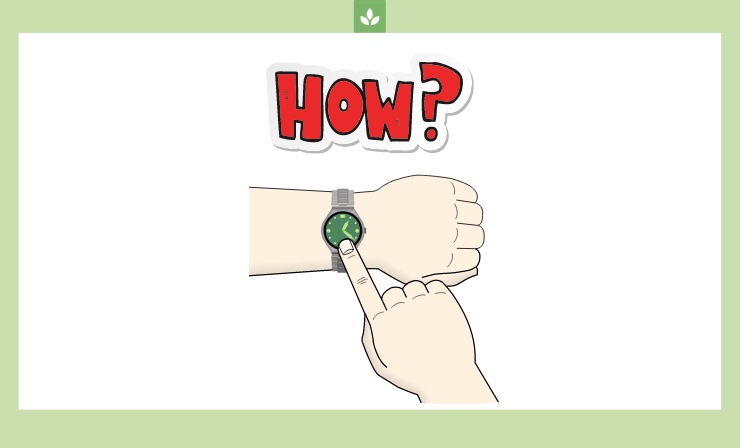
Some of the questions include identifying what the little and big hand show, what it means when the big hand points to the 12, and how to count the minutes on the clock.
To play the second game, students will watch the video one more time. They will then place the times in the order they were shown during the video.
8. Time to the Nearest Five Minutes
After students have mastered telling time to the nearest hour or half hour, it is time to move on to telling time to the nearest five minutes. This game will help you work on this important skill with your students.
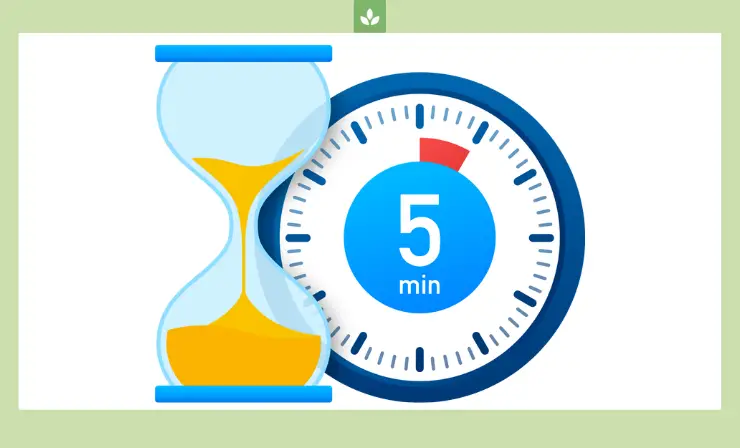
The game displays a time with the minute hand point directly at one of the numbers (so, increments of five). Students are provided with four answer choices and need to choose which one correctly identifies the time displayed on the clock.
If the students answer the question correctly, they will earn a gold coin. If they choose an incorrect answer, the game pops up with the correct answer.
9. Cloud Catcher: Telling Time to the Quarter Hour
If you’re ready to work on telling time to the quarter-hour with your students, you may find this game to be a great resource. The game announces a time, either quarter to the hour or quarter past the hour.

Students will closely examine the different clocks in the sky and choose the one that matches the prompt.
10. Telling the Time
This time telling game from Toy Theater makes it easy to differentiate the skill level based on the needs of each of your students. Before students start the game, you can choose whether you want them working on telling time to the hour, half hour, quarter-hour, five minutes, or minute.

When the game starts, a clock is displayed, and students need to choose the correct answer out of five choices. If they choose correctly, the little character does a dance. If they make an incorrect selection, the time they chose is removed from the options, and they can choose again until they choose the right answer.
11. AM or PM
Do your students need more practice with AM and PM? Give this game from MathGames a try.
The game will display a scenario about someone doing something. Then, students will need to choose whether it would make sense for that to occur in the AM or PM. For example, if someone were getting ready for school, it would make sense that it was AM.
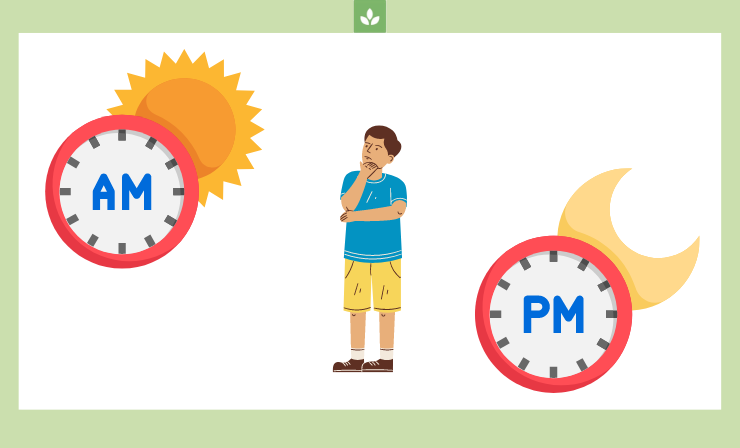
If students choose the right answer, the game displays a large green checkmark. If the make the wrong selection, it pops up with the correct answer and a short AM/PM review video.
I like this game because students can click on the sound button to have the question read to them. This means that students who aren’t proficient readers yet can still play the game independently.
12. Clock Match: Time to Half-Hour
Help students practice and review telling time to the half-hour with this game from Education.com. Students should match the time shown on a digital clock with the analog clock showing the same time.
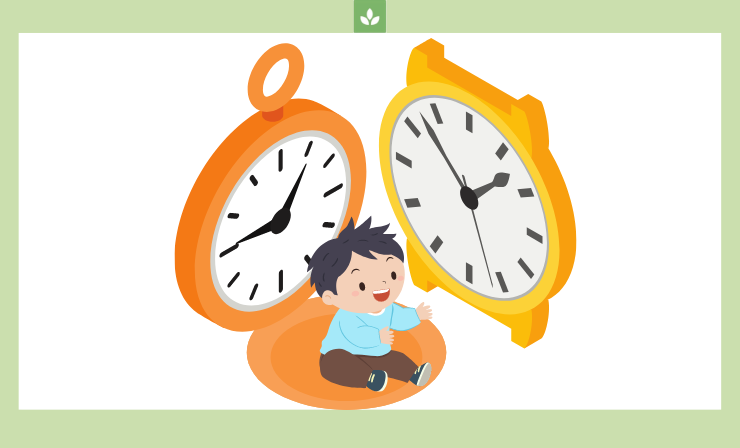
To play, students will drag the analog clock under the digital clock. Each slide of the game shows eight different clocks (four digital and four analog) for students to match.
13. Elapsed Time: Set the Time
If you’re just getting started with elapsed time, this game from Splash Learn may be at just the right level for your students. When the game starts, a clock showing a given time is displayed on the screen.
Students then need to move the hands on the clock to show a new time that is a few hours after the shown time. For example, the clock may display 7:30, and they will be asked to show two hours after 7:30.
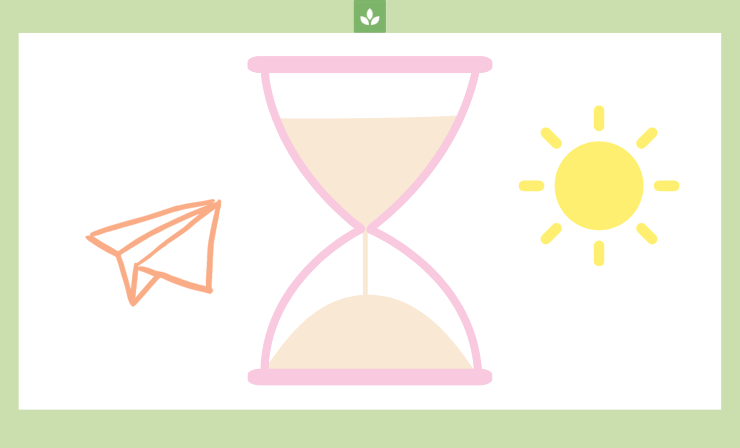
As students move the hands to show the new time, a faded-out version showing the original time remains visible. This is extremely helpful for students as they work to show the new time on the clock.
14. Interpret Time in Half Hour
Telling time to half-hour can be challenging for students. For example, when a clock is showing 2:30, some students can get confused about whether it is 2:30 or 3:30 because the hour hand is between the two numbers.
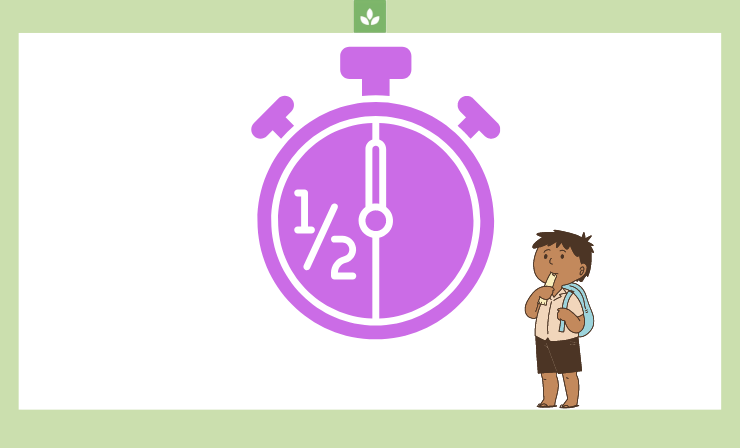
This game works with students on identifying where the hour hand points and, for half-hour times, which numbers it is between. After the first set of questions showing the clock, the game moves on to a different type of question. It describes where the hands on the clock are pointing, and students must visualize the clock to choose the correct answer choice.
When students choose the correct answer, they earn a gold coin. If incorrect, the game will display the correct answer.
8 Quick Tips How to Teach Time
Even with the best time games, there is still a lot that you as the teacher will be responsible for. The games shared above are great for reinforcing concepts and providing students with an opportunity to practice the skills they’ve learned, but they will still need to be explicitly taught how to tell time.
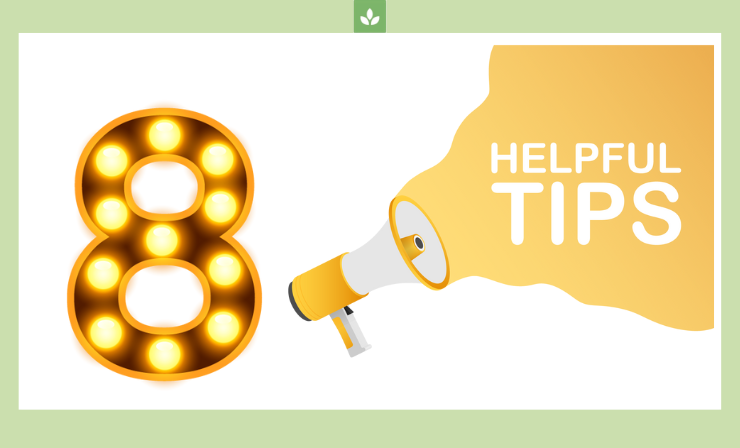
Through conversations I’ve had with other teachers, I know that teaching kids to tell time is one of those concepts that many struggle with. I’ve put together a few tips below that can help you teach time to your students.
1. Start with Counting and Skip Counting Skills
Before jumping right into teaching students how to read the time shown on a clock, start with making sure they are proficient at counting by 1’s and 5’s up to at least 60. Both of these skills are essential for being able to tell time and identify what the minute hand is pointing to.
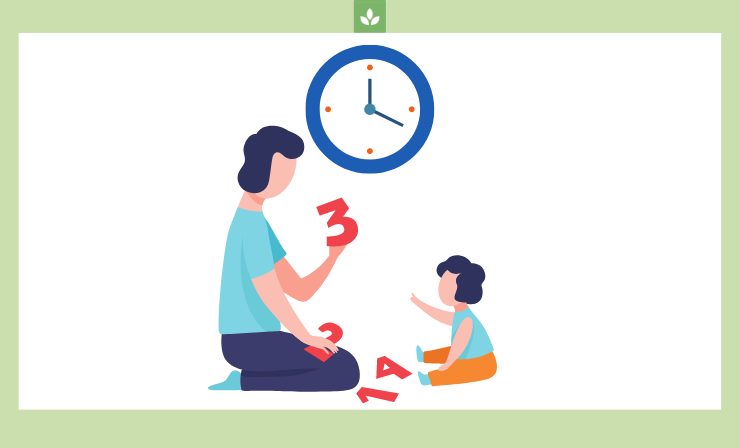
2. Discuss Basic Concepts Related to Time
Again, before you pull out the clocks, make sure your students have a general idea of time. Discuss whether different events/parts of your daily schedule take place during the morning or afternoon. Ask students to share some things they do at different times of the day.
3. Discuss What a Clock Looks Like
Have students share what they notice about the way an analog clock looks. Be sure to discuss the round shape, that is shows the numbers between 1 and 12 (with 12 starting at the top), and that there are two hands (one short and one long). As you’re having this discussion, display a clock under the document camera so that everyone in the class can clearly see it.

4. Talk About How the Hands on The Clock Move
Move the minute hand on the clock and discuss what happens to the hour hand after the minute hand goes all the way around.
5. Start with the Basics
Begin with telling time to the hour. Model and practice a number of problems where the minute hand is on the 12. Discuss how these times are referred to a ____ o’clock. Once students are proficient with telling time to the hour, you can move on to half-hour times, then eventually to 5-minute intervals and more complex concepts.
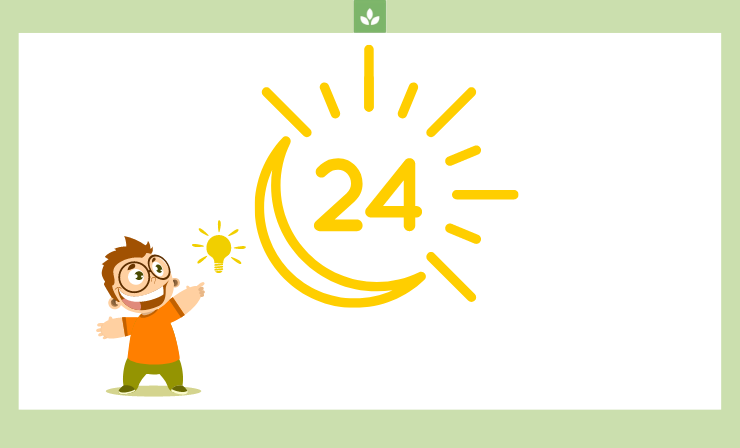
6. Have Students Make a Paper Clock
Involving students in making their own clocks can also help them understand how to tell time. By labeling the clock and making the hands on the clock, they can gain a deeper understanding of how the clock is laid out and how they work. Use a brass paper fastener when attaching the hands to the clocks your students make. This way the hands will really move around the clock like they are supposed to.
7. Practice, Practice, Practice
The more your students practice telling time, the easier it will become. Try to work extra practice into every day, even if it is just a few minutes of pointing out the clock in the room and discussing what it says.
You can also try using the Telling the Time Quiz with your students. It presents a lot of practice problems that display a time on a clock. Students need to choose which answer choice correctly identifies the time.
The video moves pretty quickly, so you may want to pause it to give your students a little time to think about the correct answer or show it on their own little clock.
8. Work Time into Other Subject Areas
Working time into other subject areas can also be very helpful. For example, if your students are reading a chapter book for 1st graders, tell students that they should be reading until a set time. Have them look at the clock and tell you how many minutes they will be reading for/when the clock reads the time you said.
Useful Resources
- Free telling time worksheets
- 15 Hands-On Ways to Teach Telling Time
- Strategies for Teaching Time Problems
Conclusion
Time games for kids can be very powerful in helping students learn how to tell time. The more practice they get, the better their skills will become. Are you ready to see some huge improvements in your students’ abilities? Give a few of the games I shared above a try!
Consider taking a quick video of your students telling time now, and then a second video after they’ve practiced with the games. Show them the two videos and have a discussion about the importance of practice to help them see the huge impact it had on their learning.
- 14 Science Experiments for Middle School — Unlock the Wonders of The World in Your Classroom - February 18, 2023
- Top 11 Sound and Voice Amplifier Apps: Enhance Audio on Your Device with the Best Volume Boosters - January 26, 2023
- 7 Creative Valentine’s Day Poster Ideas to Make Your Space Feel More Festive - January 11, 2023

My child has trouble recognizing the time. She can’t tell what time it is when she looks at the clock. Do you think games would help her?
I think the first thing you need to do is explain to her the basics, tell her how clocks work, and about measuring time. Perhaps making a paper clock together would be helpful.